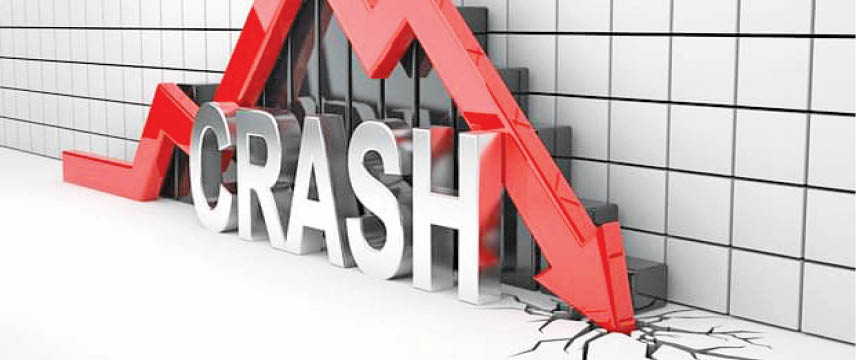“A pessimist sees the difficulty in every opportunity; an optimist sees the opportunity in every difficulty” – Sir Winston Churchill.
The Coronavirus has triggered panic in stock markets worldwide, causing sharp falls. Investors are increasingly worried about the broader economic effects as trade gets disrupted and demand turns soft. The latest count, when this article went to print, is it has infected over 1,00,000 people worldwide and claimed over 3,000 lives. The World Health Organisation has officially declared it a global health emergency.
Opportunity in Adversity – Buy Low And Sell High: This is an age old, stock market saying which we have often heard. However, most fail putting this into practice. There are many reasons for this, the foremost being the tendency to follow the market sentiments. I’ve seen people invest or withdraw investments from markets driven by recent past performance. This typically happens with clueless investors without a sound financial plan, who haven’t linked their financial goals to their investments. As also with investors who ignore or are ignorant about their own asset allocation.
Before we try to understand markets, we need to understand our own ‘Asset Allocation’ – or the investment strategy that aims to balance the risk and returns by allocating/apportioning the portfolio’s assets, according to an individual’s goals, risk tolerance and investment horizon. Equity, bonds, cash/liquid and gold are the most common asset categories, with regard to financial portfolios. Investments in these categories have category-specific risks. Including asset categories with investment returns, that move up and down under different market conditions, within a portfolio, protect the portfolio against significant losses. As certified financial planners, we strictly make our clients follow the rule-based investment strategy, which follows dynamic asset allocation, based on different market conditions.
Diversification: As a strategy, diversification can be summed by the timeless adage, “Don’t put all your eggs in one basket.” It involves spreading your money among various investments in same asset class. Let me give you a live example of the above. We have a client at a very senior position in ‘Yes Bank’, our relationship with him spans over a decade. As he climbed up the ladder with the bank, he was eligible for the ESOPS (Employee Stock Option Scheme). The amount which started with a thousand shares worth few lakhs, turned into lakhs of shares worth many crores as the share price rose from a mere Rs.50 in 2013 to a life-time high of Rs.380 in 2018. There on he became obsessive about how fast money can multiply and advantages of having the best performing stock, and all I would humbly submit, as his financial advisor, were principles of investing and how important it was to follow asset allocation and diversification, for the overall wellbeing of his portfolio. As I write this article, we all know that RBI has imposed a moratorium on Yes Bank and capped withdrawals at Rs.50,000, till further orders. The share price has fallen below Rs.15. We experienced one more rule of investing – ‘the pain of losing money, is twice as much as joy of making money’!
The risk of not following the golden rules of investing now seems higher than the risk of investing in equity. Apart from the resilience it provides our savings and portfolios in uncertain times like these, it also presents us the opportunity to shift our money from debt to equity and improve the performance of the portfolio. Investors should ideally look at increasing the allocation to equities in a phased manner, with a long-term view. Equity investments, should however, be in line with your risk appetite and as per your overall asset allocation. Thereafter, please be patient and give appropriate time for the investments to fructify.
- Myths And Facts About Therapy - 18 June2022
- Nominee V/s Legal Heir: Who Wins? - 18 September2021
- Importance Of Successive Nomination During The Pandemic - 19 June2021
